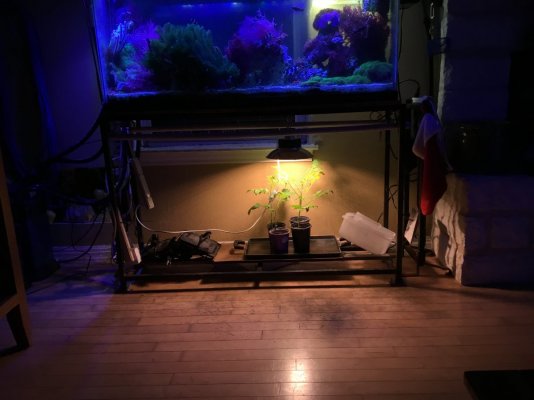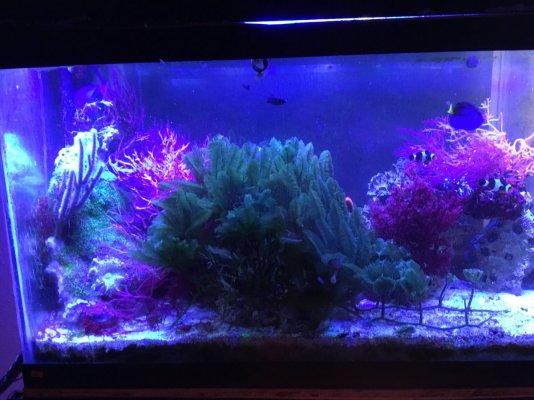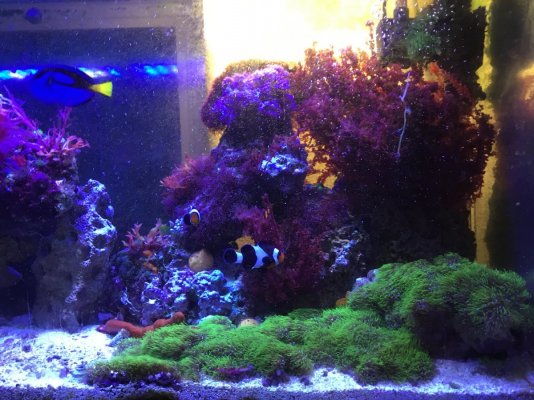Definitely a cool place, though the live substrates they sell do not substitute the usage of live rock, etc. in my opinion. Nonetheless, I was highly impressed with their Mix 'n Match Special and the life I received from it. Check my build thread for more details.If needed, I can also order from a place called indo pacific sea farm. They have some cool stuff too.
With respect to this thread, sadly they do not stock any native seagrasses (at least not currently).




















